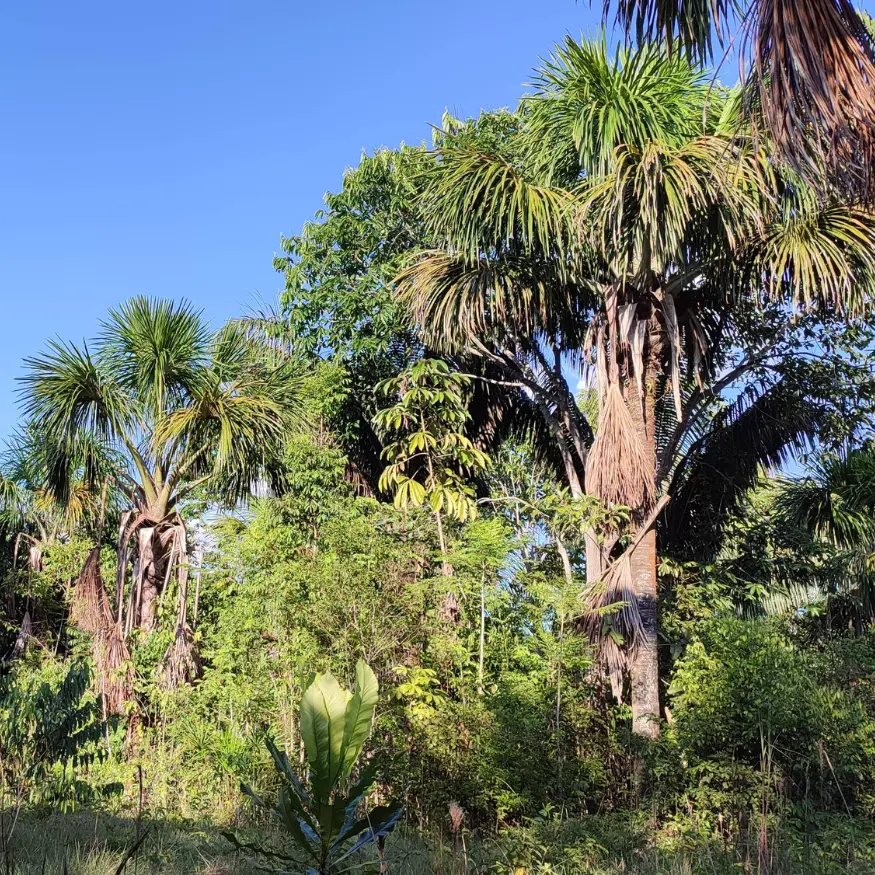Nature Reserves in Peruvian Jungles. Preserving Biodiversity and Natural Resources
Biodiversity of the Peruvian Jungle
A Global Treasure of Unique Species
Peru is one of the countries with the richest biodiversity in the world, and its Amazon rainforest is home to thousands of species found nowhere else on Earth. This includes rare plants, tropical birds, exotic insects, and mammals that thrive only in this ecosystem. The Peruvian jungle is not just a wilderness — it is a living library of life.
However, this biological richness is increasingly under threat. Illegal logging, deforestation, and the effects of climate change are rapidly altering habitats and pushing many species toward extinction
Protected Nature Reserves in Peru
Overview of Peru’s Jungle Reserves
To fight back, Peru has developed a network of Amazon nature reserves, protecting vast stretches of jungle and ensuring the survival of endangered species. These reserves span several million hectares and preserve ecosystems such as river valleys, cloud forests, and tropical savannas.
Famous Reserves: Manu, Tambopata, Yanambayo, and Rio Abismo
Some of the most renowned protected areas in Peru include:
-
Manu National Park — a UNESCO World Heritage Site
-
Tambopata Reserve — famous for its bird and butterfly diversity
-
Yanambayo and Rio Abismo — lesser known but ecologically vital
These reserves support eco-tourism in Peru, as well as long-term conservation efforts.
How Peru Preserves Biodiversity
Protecting Habitats and Fighting Illegal Activities
Within these protected areas, the government and conservation organizations work to prevent illegal deforestation, wildlife trafficking, and destructive agriculture. They patrol protected zones, enforce environmental laws, and restore damaged habitats.
Ecotourism and Sustainable Resource Use
Many reserves support community-based ecotourism projects, providing local income while preserving the forest. Activities like guided jungle hikes, birdwatching, and botanical education allow travelers to experience the jungle responsibly.
Locals also collect non-timber forest products — such as fruits, nuts, and medicinal leaves — in a sustainable way.
Scientific Research in the Jungle
The Amazon rainforest in Peru is a hub for scientific research. In places like Manu and Tambopata, scientists study everything from tropical ecology to climate change impact on rainforest species. These areas host over 20% of all bird species and more than 10% of the world’s mammals — an extraordinary density of life in one region.
The Ongoing Challenge of Conservation
Why Reserves Are Essential but Not Enough
While nature reserves are critical, they are not a complete solution. Poaching, land clearing, and economic pressures continue outside protected zones. Jungle conservation in Peru requires not only protected areas but also public awareness, international support, and sustainable development models.
International Cooperation for the Future of the Amazon
Peru continues to expand its conservation efforts by partnering with international environmental organizations, scientific institutions, and sustainable land projects. Protecting the Amazon rainforest in Peru is not just a national goal — it is a shared global responsibility.
🌿 Final Thoughts
The Peruvian Amazon is more than a natural wonder — it is a vital part of the Earth’s balance. Supporting biodiversity in Peru, whether through eco-tourism, education, or ethical land stewardship, is a powerful step toward a more sustainable future.
Learn more about our Peru business expertise /about-us/
Explore our jungle land investment opportunities /land-for-sale/
View our current sustainable projects /projects/
View featured investment property /amazon-eco-retreat-peru-investment/
